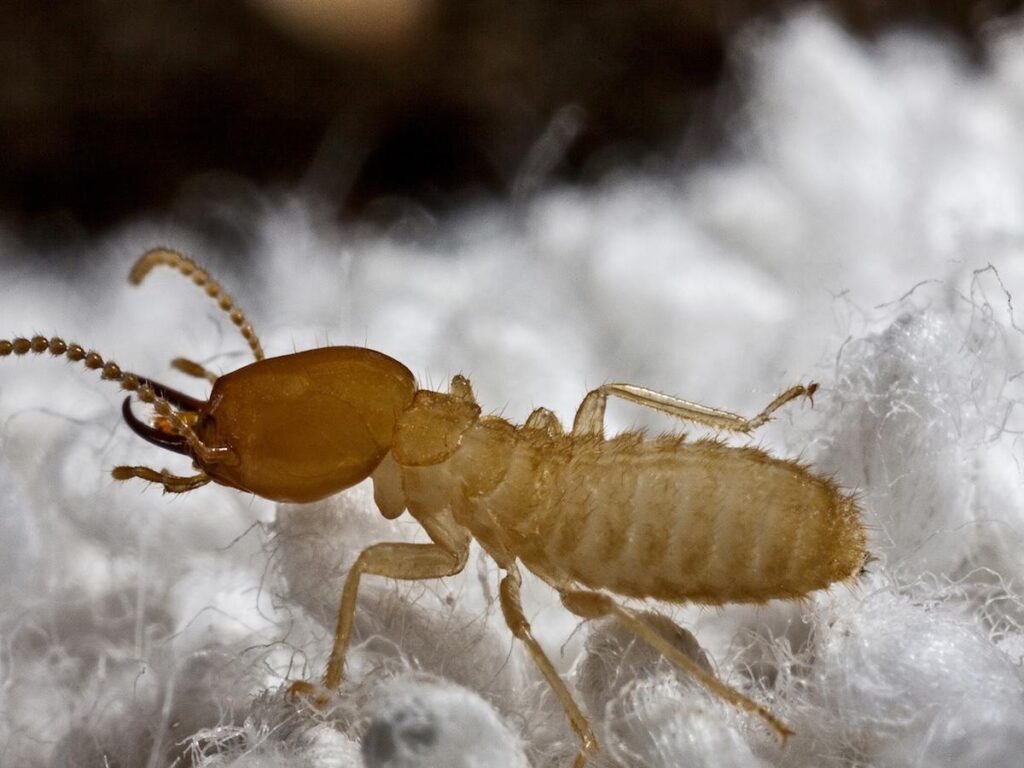In the heart of Texas, McKinney and its surrounding cities are facing a silent yet destructive invasion. The culprit? Formosan Termites, also known as white ants. These tiny, unassuming creatures are causing significant damage to homes and structures, silently eating away at the very foundations. This article aims to shed light on the growing problem of Formosan Termites in McKinney and its neighboring cities. We will be discussing their behavior, the damage they cause, and how homeowners can protect their properties from these destructive pests.
Myth 1: Formosan Termites Only Infest Decaying Wood
One of the most prevalent misconceptions about them is that they only infest decaying or rotten wood. This is far from the truth. They are not picky eaters. They can infest and consume any type of cellulose material, including healthy wood, paper, cardboard, and even certain types of plastic and asphalt. Their ability to consume a wide range of materials and their large colony size make them a significant threat to structures.
Myth 2: Formosan Termites Cannot Infest Concrete Structures
Another common myth is that they cannot infest concrete structures. While it’s true that termites cannot consume concrete, they can easily tunnel through cracks and crevices in concrete to reach wooden structures or cellulose materials. Formosan termites are known for their ability to create extensive tunnel systems, allowing them to access food sources from various entry points. Therefore, even concrete structures are not safe from Formosan termite infestations.
Myth 3: DIY Pest Control is Effective Against Formosan Termites
The third myth is that do-it-yourself (DIY) pest control methods are effective against Formosan termites. These termites can have colonies with millions of members and their nests can be difficult to locate. Moreover, they can create secondary colonies without needing to maintain contact with the soil, making them even harder to control. Professional pest control services are usually required to effectively treat infestations.

